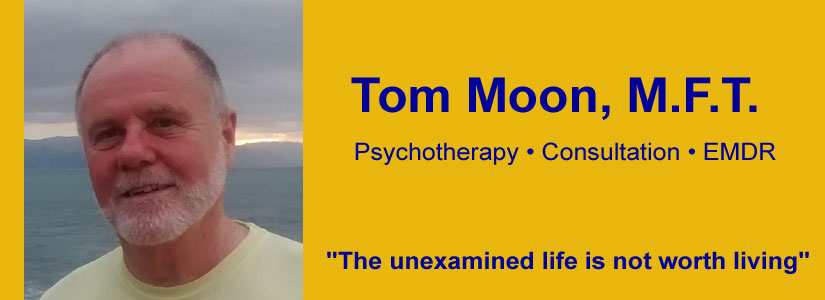Q: I’ve been depressed most of my adult life, but never realized it because I didn’t know anything different, and also because I’ve always been able to work and function all right. But when my boyfriend started to point out how down I was I saw a psychiatrist, who put me on anti-depressants. Almost overnight I stopped being depressed, and for the first time I realized what it’s like to feel normal. Unfortunately, all the medications that worked for me amounted to chemical castration! I couldn’t stay hard or come with my boyfriend, which created problems between us as bad as the depression. I tried the medications that don’t have the sexual side-effects, but they didn’t work and had different bad side effects. I ran out of options and now I’m not taking anything. What the doctor recommended as an alternative was to cut down on drinking and exercise regularly, which helps some, but not very much. Now I understand that I have this brain disorder, but the cure is worse than the illness. I’m feeling completely hopeless. Any suggestions about what I can do?
A: Is it really possible that your doctor didn’t suggest psychotherapy as a viable treatment option? Or is this an option you don’t believe can work? If you’re sold on the biological model of depression – “brain disorder” – as the complete explanation, maybe you assume that therapy will be a waste of time. The biological theory is currently very popular, both because we now have an arsenal of medications that work, and because insurance providers favor the most inexpensive treatments. But solid research exists which shows that there are psychotherapeutic approaches which are as effective with mild to moderate depression as medication. These approaches are collectively called “cognitive therapy.”
Cognitive research discovered decades ago that depressed people tend to think in identifiable and predictable patterns. They explain painful events in three pessimistic ways. The first is permanence, meaning that the causes of unpleasant events are seen as long-lasting rather than temporary, i.e. “I’m all washed up, and can’t go on,” instead of “I’m exhausted today.” The second characteristic is pervasiveness, as in ‘I’m not attractive to anyone,” versus “This person isn’t interested.” The third characteristic is personalizing, meaning that when disappointments occur depressed people blame themselves rather than external circumstances, as in “I’m too stupid to pass this class,” instead of “This teacher doesn’t know how to present her material.” When we explain our difficulties as personal- “It’s my fault,” permanent – “It’s always going to be like this,” and pervasive – “It’s going to ruin my life,” the result is a sense of learned helplessness. When we make universal explanations for our disappointments (catastrophizing) we tend to give up on everything when failure strikes in one area, and the results are the stuckness and paralysis which are so typical of depression. Another common characteristic of depressed people is rumination. The original meaning of this term is “chewing the cud.” It refers to mulling constantly over an issue and thinking the same grim thoughts over and over.
In a series of ingenious experiments, researchers were able to demonstrate that these habits of thought aren’t merely correlated with depression, but that, in many cases, they cause it. One cognitive psychologist, Martin Seligman, summed up the findings this way: “Rumination combined with pessimistic explanatory style is the recipe for severe depression.” This research shows that the exclusively biological model of depression is too simple. It’s really a multi-dimensional, complex problem. A number of cognitive therapies have been developed, based on the research, in which patients unlearn their pessimistic thinking styles and deliberately practice more optimistic styles.
How effective are these therapies? The outcome studies showed that both antidepressant drugs alone and cognitive therapy alone effectively break up depression. Combining them works slightly better than either by itself, which is why the combination is considered the standard of care for depression. The studies also showed that patients who go through cognitive therapy have a much lower rate of relapse than those who just take antidepressants, because they have learned skills they can use over and over without depending on drugs or psychiatrists. Moreover, the therapy tends to be briefer than traditional psychotherapy, and the techniques for changing thinking patterns are so simple that some people can learn them from self-help manuals. Of course, this therapy requires much more effort from the patient than merely remembering to take a pill: daily mindful attention and practice are essential to success.
If you’d like to explore this option, one way to begin is to access the website of the Academy of Cognitive Therapy (www.academyofctorg), where you’ll find more information and a nationwide directory of skilled cognitive therapists. As an adjunct to therapy (not a replacement for it), you might also want to pick up a copy of David Burns’ book Feeling Good: The New Mood Therapy and do the written exercises for changing cognitive distortions. A number of my own clients have derived great benefit from this best-selling manual.
